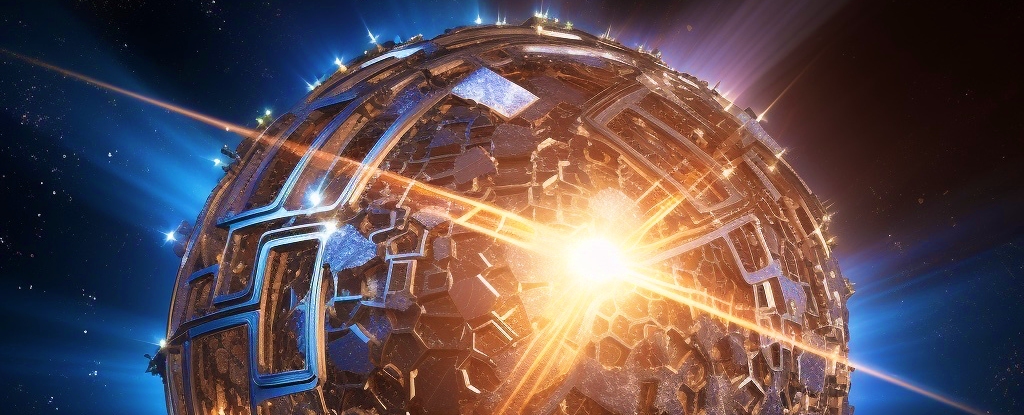
One group of scientists thinks that we may already have detected technosignatures from a technological civilization's Dyson spheres, but the detection is hidden in our vast troves of astronomical data.

An international team of astronomers have found a new and unknown object in the Milky Way that is heavier than the heaviest neutron stars known and yet simultaneously lighter than the lightest black holes known.

NASA astronomers have discovered an unexpected "signal" coming from outside our galaxy, which they can't explain.

Astronomers using NASA's Hubble Space Telescope have found a rare fast radio burst (FRB). This new FRB is particularly weird because it erupted halfway across the universe, making it the farthest and most powerful example detected to date.

A strange star in the Milky Way bares the signature of a unique explosion of a giant star that once existed billions of years ago in the era of the cosmic dawn.

The latest discovery of an ultra-large structure called the "Big Ring" adds to "mounting evidence" that challenges what we know about the universe.

A new study published in the Monthly Notices of the Royal Astronomical Society has now shed new light on them, after spotting a “highly active” repeating FRB signal that is behaving differently to anything ever detected before.

Scientists in Utah have detected the second-most energetic cosmic ray ever seen. The powerful particle rivals the highest-energy cosmic ray on record, called the Oh-My-God particle, which was spotted in 1991.

Last year, global astronomers picked up evidence of an explosion called a luminous fast blue optical transient, or LFBOT. But the bizarre thing about this explosion was that it kept exploding.

A recent study examines the discovery of what astronomers are dubbing "ultra-fast radio bursts", a new type of fast radio bursts (FRBs) that the team determined lasts for a mind-boggling ten millionths of a second or less.

Fast radio bursts, or FRBs, are an astronomical mystery, with their exact cause and origins still unconfirmed. A recent research found several notable similarities between FRBs and earthquakes.

A very rare, strange burst of extraordinarily bright light in the universe just got even stranger. The phenomenon, called a Luminous Fast Blue Optical Transient (LFBOT), flashed onto the scene where it wasn't expected to be found.

TOI-4860b happens to orbit a tiny star, completing each lap in just 1.52 days. It joins a small number of worlds that pose a fascinating puzzle - there are currently no known formation pathways for such chonkin' planets around such small stars.

This hypothetical planet is provisionally known as Planet 9. Computer simulations show it must be a very large planet, consisting of between four and eight times the mass of the Earth and at least ten times the distance of Pluto.

A strange radio signal pulsing from a spot 15,000 light-years away could point to an unconfirmed type of star.